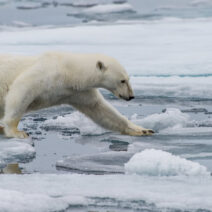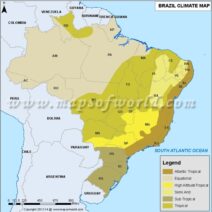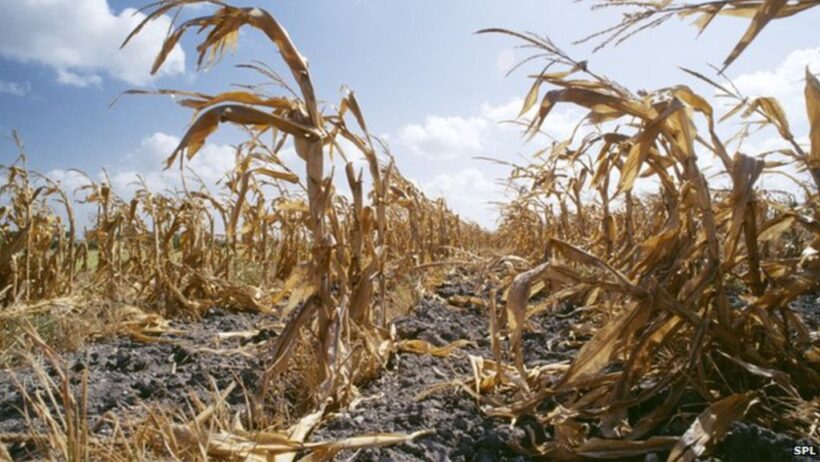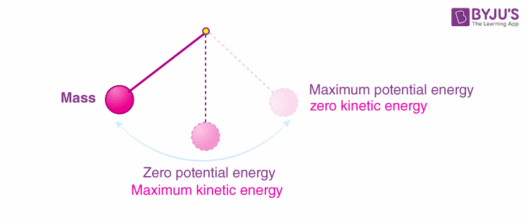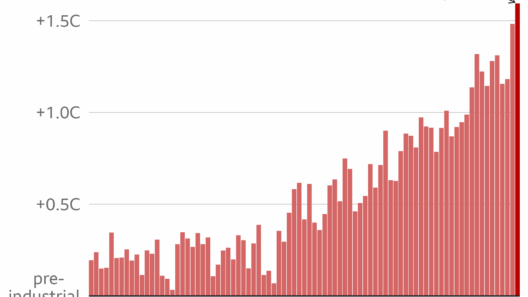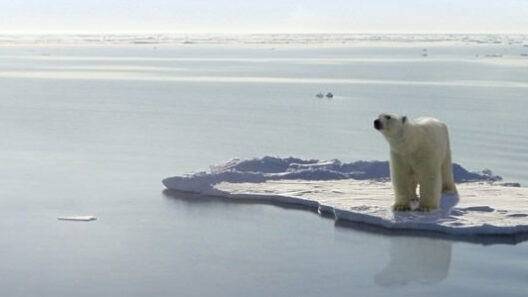As we grapple with the complexities of climate change, it is vital to recognize the nuanced relationship between extreme cold events and global warming. While the global climate trend exhibits a steady increase in average temperatures, paradoxically, certain regions still experience severe cold spells. Understanding this phenomenon necessitates a multifaceted exploration of atmospheric dynamics and their implications for ecosystems, economies, and human societies.
The interaction between global warming and extreme cold can be predominantly traced to shifts in weather patterns, particularly those influenced by the polar vortex. The polar vortex is a large area of low pressure and cold air surrounding the Earth’s poles. Generally, it keeps frigid air contained in the Arctic. However, warming temperatures in the Arctic have led to disturbances in this vortex. As the Arctic warms, this stability can be compromised. A weakened polar vortex may result in frigid air spilling into lower latitudes, birthing the very cold spells that contradict the overarching trend of warming.
This phenomenon was starkly illustrated during the winter of 2019-2020, when record-low temperatures were recorded across parts of North America, even as the climate crisis enveloped the globe. Such occurrences are not merely anomalies but rather showcase a systemic transformation in our climate systems. The irony is palpable: as global temperatures inch upwards, the volatility of weather patterns intensifies, resulting in dramatic cold events accompanying widespread heat.
Moreover, the interplay of ocean currents exacerbates these conditions. Ocean circulation, particularly the Atlantic Meridional Overturning Circulation (AMOC), plays a pivotal role in regulating temperature distributions across the planet. As polar ice sheets recede due to warming, freshwater enters the ocean, altering salinity and density and potentially disrupting these currents. This disruption can lead to localized cooling, especially in regions that are normally temperate. The implication is profound; as global warming progresses, the very fabric of our climatic stability weakens.
The consequences of such weather extremes manifest in various ways. Agricultural sectors, particularly in temperate regions, face unpredictable challenges. Crop cycles become erratic due to sudden cold snaps late in the spring or early in the fall. Such unpredictable weather can result in significant losses, threatening food security as highlighted by the increased frequency of “food shocks.” Consequently, farmers are compelled to adapt through modified planting schedules and resilient crop varieties, yet these adaptations come with considerable economic burdens.
Additionally, public health is jeopardized by these extreme weather patterns. Cold spells can precipitate adverse health outcomes, particularly among vulnerable populations such as the elderly and those with preexisting medical conditions. Exposure to extreme cold has been linked to conditions like hypothermia and exacerbated respiratory diseases. Moreover, the socio-economic fabric of communities can be strained as resources are stretched thin during these unanticipated weather events.
Furthermore, the energy sector grapples with the ramifications of colder winters. Increased demand for heating energy during unexpected cold outbreaks can strain resources and lead to skyrocketing energy prices. This can engender social inequities where lower-income households are unable to afford heating, leading to a dire situation where the most vulnerable suffer the most due to climate-induced fluctuations. Infrastructure, too, faces heightened stress. Utility companies must navigate the dual challenge of maintaining reliable power during peak consumption hours while managing the impacts of extreme weather on physical infrastructure.
Atmospheric science provides critical insights into the paradox of cold extremes within a warming world. Researchers utilize a multitude of climate models to simulate various scenarios and predict future weather patterns. It is imperative to enhance our understanding of the interactions between different climatic systems to better anticipate these extremes. The intricacies of the climate system require an integrated approach that considers both local and global contexts to effectively mitigate risks associated with these paradoxes.
However, beyond scientific discussions, it is crucial for policy-makers, community leaders, and the general public to cultivate resilience in the face of these uncertainties. Communities must develop adaptive capacity through infrastructure improvements, development of emergency response plans, and education about the risks associated with extreme weather. Climate action must transcend rhetoric; it demands concrete policies aiming to reduce greenhouse gas emissions, promote renewable energy, and invest in technologies that enhance climate resilience.
Public discourse surrounding climate change often centers on warming temperatures and rising sea levels, yet it is vital to consider the broader spectrum of climatic phenomena, including extreme weather events like severe cold. The duality of a warming world reflects a myriad of complex interactions, certainly warranting a holistic understanding of climate change. In advocating for environmental stewardship, we must embrace a multifaceted narrative that elucidates both the immediate and long-term implications of global warming, ranging from droughts to deluges and indeed to extreme cold.
The unparalleled challenges posed by climate change necessitate urgency in both research and policy responses. Dismissing the apparent contradiction of extreme cold events amid rising global temperatures is misleading; rather, it highlights an intricate web of climatic change that is reshaping our world. Understanding this paradox is critical as society confronts the necessities of adaptation while fervently pursuing climate mitigation efforts. The realities of climate change are not distant; they are here, manifesting in unexpected forms.
